Broccoli is among the first spring crops we begin tucking into trays indoors. It’s got a lot going for it, too. Broccoli is cold-hardy, packed with vitamins, and edible in its entirety, including the leaves, stem, and flower head. It’s also a simple crop to start from seed; no scarification, stratification, or heat mats are needed. Broccoli is a low-maintenance seedling. Like all crops, broccoli isn’t without its growing challenges. To ensure you have success growing broccoli this season, follow these steps and tips!
When to Sow Broccoli Indoors
For these first spring plantings, you’ll want to know your estimated last frost date. We like to have transplants ready to go about one month before our last frost, so we start broccoli seedlings indoors about 4 to 5 weeks before that. Generally, we’re starting broccoli indoors between January 31st and May 31st.
When to Transplant Broccoli
As mentioned above, you can start transplanting broccoli out about one month before your last estimated frost date. Generally, we’re setting out broccoli plants between March 15th and July 15th, with the later dates intended for fall harvest.
While broccoli is cold-hardy, you do want to avoid very low temperatures. If seedlings experience 20° F or lower, they may “button up” and only make tiny heads. This is because the plants will think that they’ve gone through a winter and that it’s time to flower.
When transplanting, give your broccoli adequate space. Usually, rows 12 to 16 inches apart is a good spacing for broccoli.
Direct Sowing Broccoli
Many people choose to transplant broccoli as it can help plants reach maturity before the weather gets hot. However, you can also direct sow broccoli seeds. We like to direct sow broccoli from about March 10th through July 1st.
Check out our tips for direct sowing in hot weather.
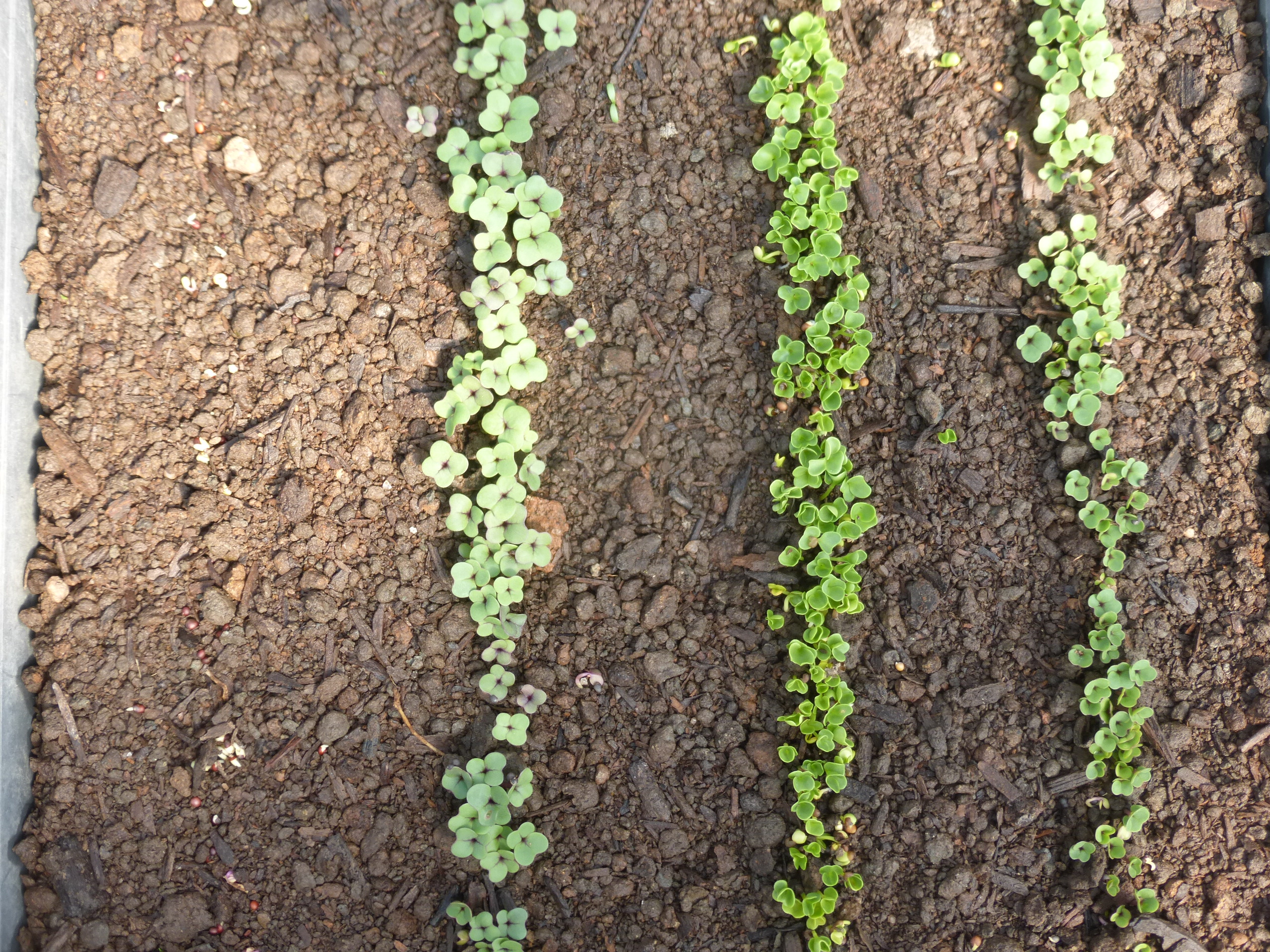
Tips for Growing Broccoli
Broccoli isn’t high maintenance, but like any crop, it thrives with a bit of attention. Here are a few steps you can take to ensure your broccoli produces well.
Mulch Deeply
Broccoli produces best when the soil is kept cool, moist, and weed-free. A deep layer of mulch, particularly in the warmer months, can make a big difference in broccoli plantings.
Water Consistently
Again, broccoli will only produce nice heads if it has enough moisture. Consistent watering is essential, especially during hot, dry weather.
Keep the Cabbage Worms Away
Almost every gardener who has grown brassicas has dealt with the dreaded cabbage worms at some point. The name cabbage worms often refers to several species, all of which use brassicas as their primary host plant. These include the Cabbage White Butterfly (Pieris rapae), The Cabbage Moth (Mamestra brassicae), and the Cabbage Looper (Trichoplusia ni). They lay their eggs on brassicas, and the eggs hatch into very hungry little caterpillars that can turn cabbages to lace and infiltrate beautiful heads of broccoli.
Row Cover
Thankfully, there are some simple, organic methods for keeping them away. One of our favorites is to cover your plants with row cover. Usually, you can purchase a lightweight netting row cover and wire hoops to hold it off your plants. Tulle from your local fabric store works just as well and might be a cheaper option. You can also DIY the hoops from PVC or other flexible materials.
Organic Insecticides
One organic method is B.t. (Bacillus thuringiensis). This natural, soil-dwelling bacteria damages the caterpillars’ guts that feed on it. It’s safe for humans, and you can find OMRI (Organic Materials Review Institute) certified products for use on your plants.
Neem oil is another popular choice for repelling cabbage worms. It’s a naturally occurring oil from neem trees that can be applied to your broccoli. Like B.t., you can find OMRI-certified neem oil.
Companion Planting
Cabbage worms are often a more aggressive, intense issue in monoculture plantings. Though they can be more complicated to maintain, gardens mixed with flowers and other vegetables tend to have fewer pest issues. Some specific crops, like Wormwood (Artemisia absinthium), are especially noted for their ability to repel cabbage worms.

Harvesting Broccoli
After being transplanted into the garden, maturity typically ranges from 60 to 90 days, but it can vary. If you’re starting broccoli from seed rather than transplanting seedlings, you must add approximately 25 days to the maturity timeline. This accounts for the additional time it takes for broccoli plants to grow and mature from the seedling stage to full maturity.
Harvest your broccoli heads when they’re deep green and tightly packed. Those heads that have begun to flower or turn yellow should be harvested immediately or left for seed.
Don’t pull your broccoli right away after harvesting the main head. Side-sprouting varieties have smaller central heads with many side sprouts, a valuable feature for extended harvest.
Saving Seed from Broccoli
If you have a few heads that get past their prime, let them go to flower! Many pollinators love brassica flowers, and eventually, you will get seed.
Just know that broccoli will cross with any brussels sprouts, cabbage, cauliflower, collards, kohlrabi, and kale that’s flowering at the same time. Broccoli Raab will cross with Chinese cabbage, turnips, and some rapeseed (canola). Isolate by 1/8 mile for home use. For pure seed of small plantings, isolate by 1/4 to 1/2 mile.
Broccoli is a great, cold-hardy crop to have in your spring garden. Follow these tips for growing broccoli to help your plants thrive and produce beautiful heads this season!


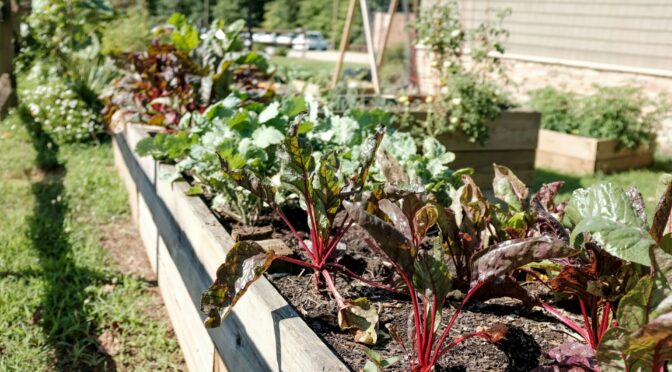
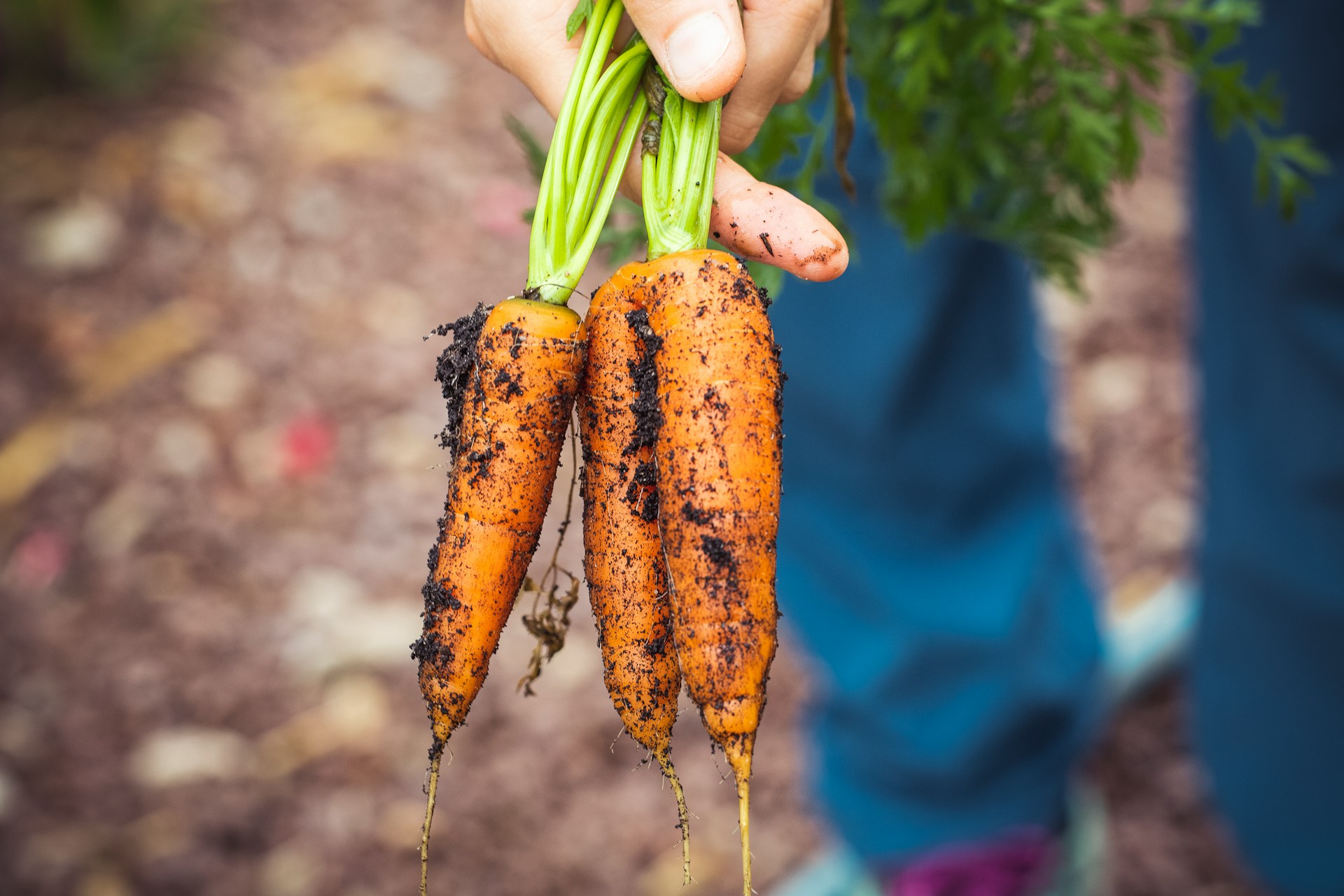
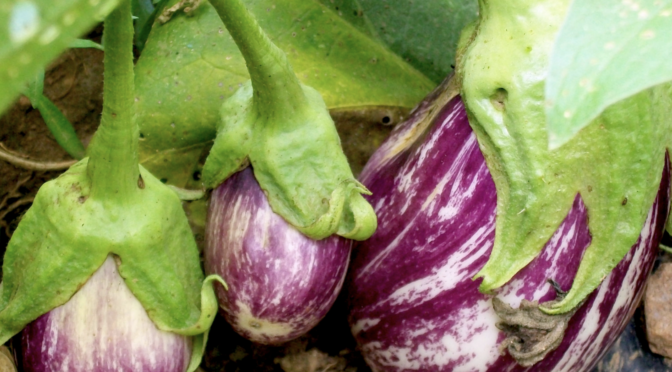
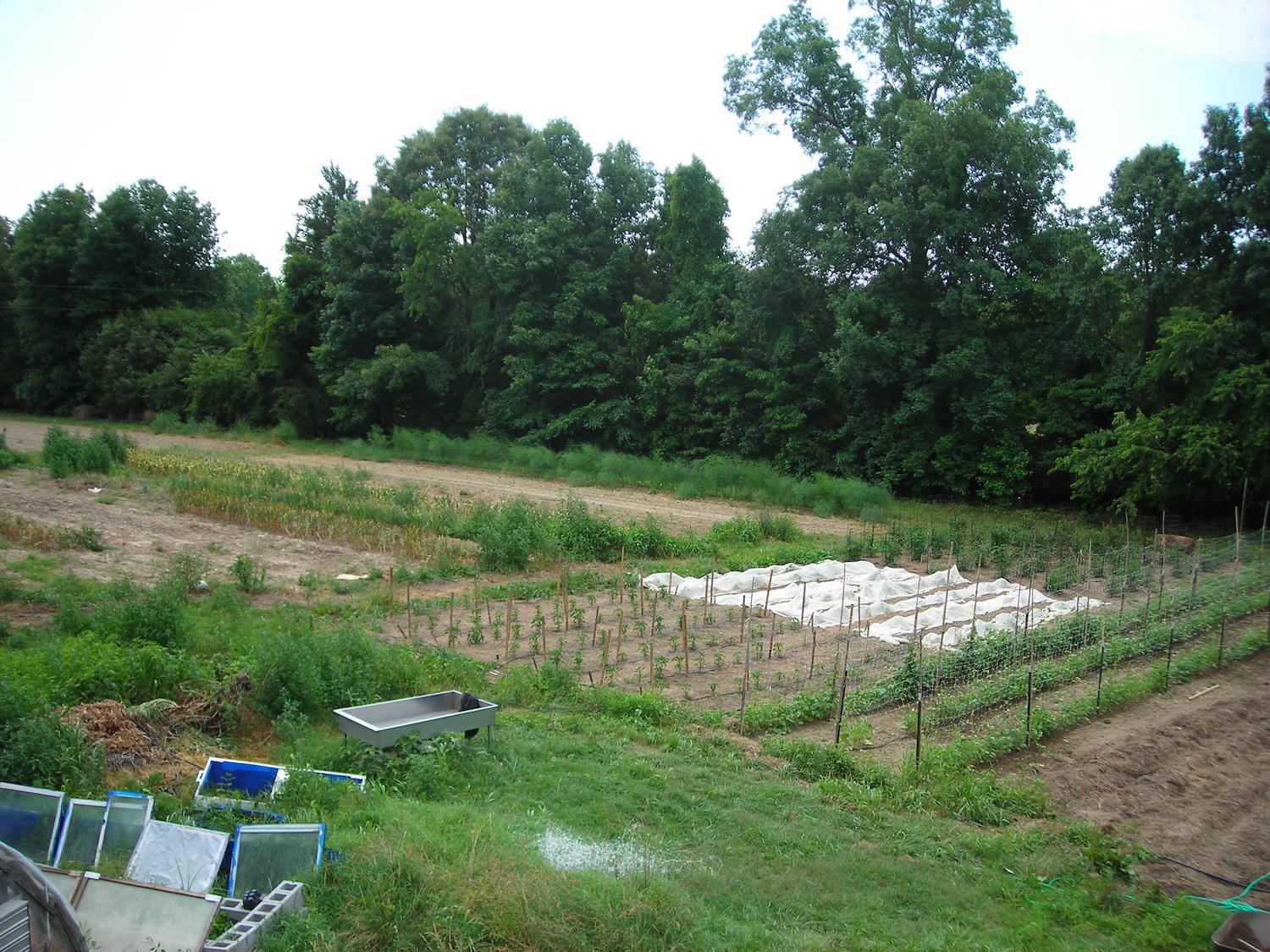
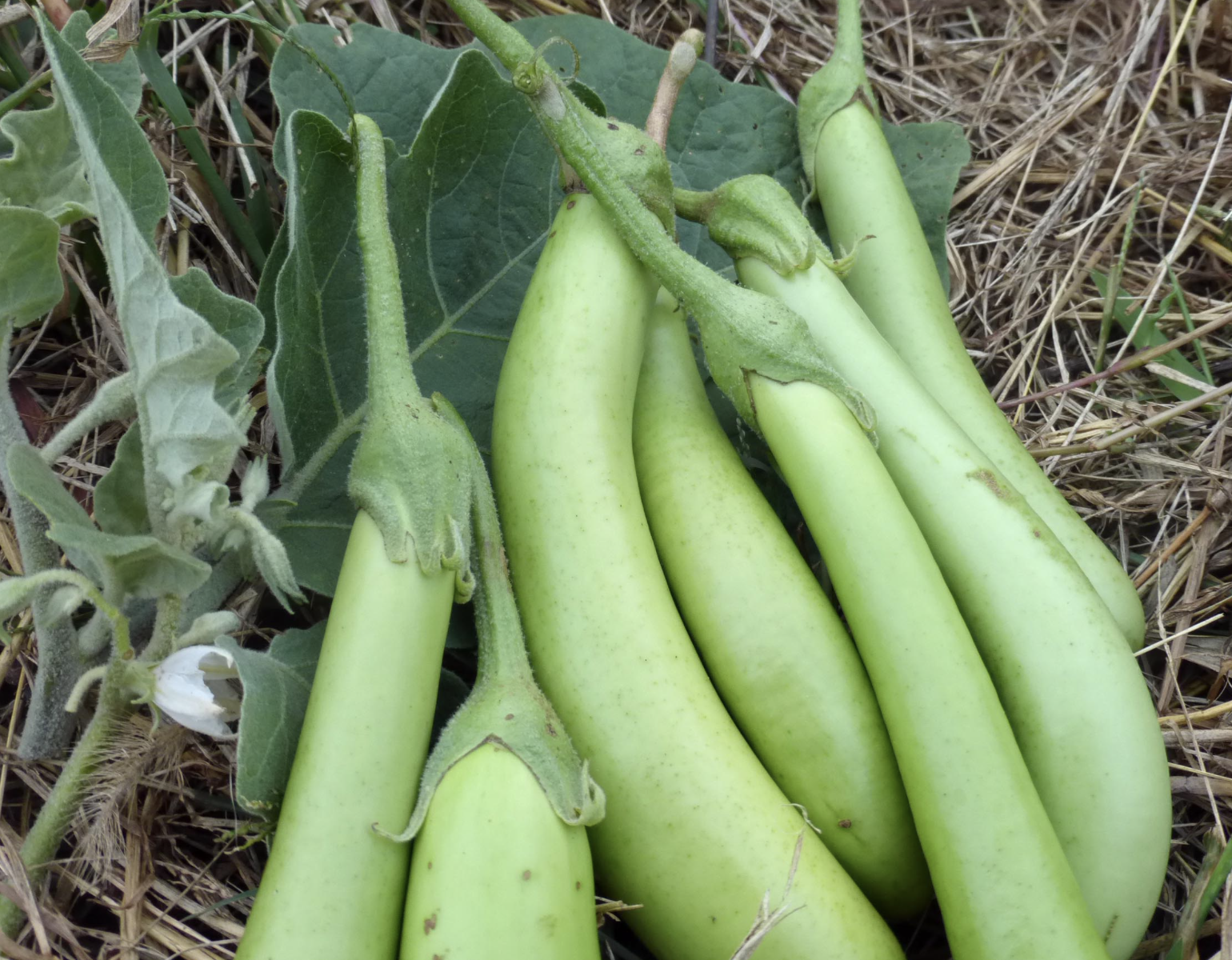 Apply mulch.
Apply mulch.